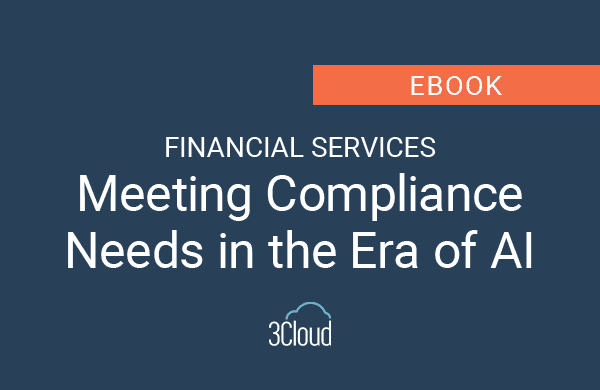
In some organizations where resources are a premium and costs must be cut, sometimes one individual fills the roles of both project manager and business analyst. While this can be appropriate in some situations, such as small projects or in smaller organizations with limited budgets, it is ideal to have an effective project manager and a business analyst on a project team. So, why are some organizations allowing individuals to wear both hats at the same time?
The line that delineates the roles of project managers and business analysts is often blurred. On the surface, the difference between the two may seem trivial as these roles have some common elements like stakeholder communication, risk and issue tracking and change control. However, project managers and business analysts each have unique skills and knowledge areas that are both essential to a project’s success.
Project managers are responsible for the big picture, the CEO of their project. They have the accountability and responsibility of delivering their project on time and within budget. They must define the project, break it down into manageable tasks, and lead a team to perform the work while monitoring, communicating status, and mitigating risks along the way.
On the other hand, it is the role of a business analyst to ensure that the solution is executed according to the requirements collected from the project’s stakeholders and to focus on the details. They are responsible for communicating with stakeholders, eliciting requirements, and interpreting, prioritizing and validating these requirements so that the business needs are addressed. They are the project COO focused on operationalizing the needs of the business through defining and executing the solution scope and detailed requirements.
These two roles are closely tied and complement one another. However, the focus of each role is where the difference lies and is why it is critical to have both perspectives on a project. A healthy balance between the two functions will increase the likelihood of projects bringing the greatest business value to the organization.




